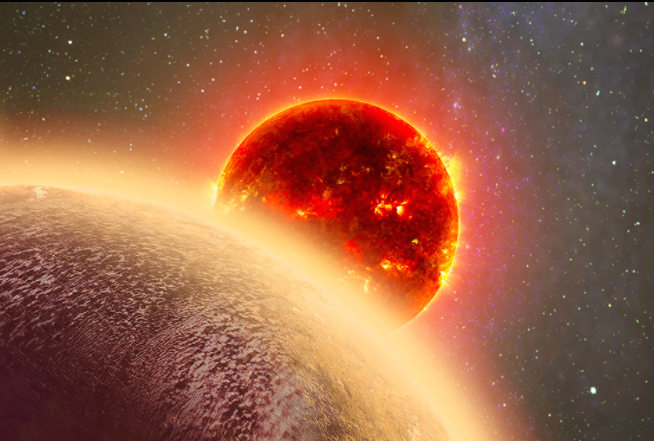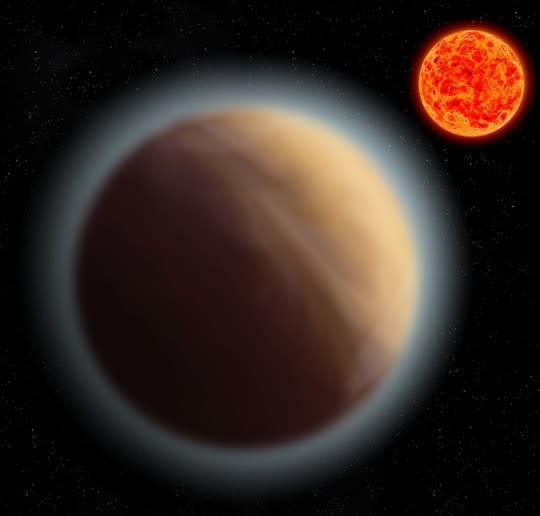Atmosphere discovered around ‘super-Earth’ planet GJ 1132b

Scientists have discovered an atmosphere surrounding a distant Earth-like planet, raising the possibility that it could be home to alien life.
Rocky exoplanet GJ 1132b is around 39 light-years away from Earth, but the new findings suggest that it could be a water world with a warm and steamy atmosphere.
This isn’t the first time that an atmosphere has been detected around another planet, but GJ 1132b is the most Earth-like planet to yield such a discovery so far.

Until now, the researchers had only been able to detect atmospheres around gas giants similar to Jupiter, which would be incapable of supporting life.
“While this is not the detection of life on another planet, it’s an important step in the right direction: the detection of an atmosphere around the super-Earth GJ 1132b marks the first time that an atmosphere has been detected around an Earth-like planet other than Earth itself,” explained Dr John Southworth, lead researcher from Keele University.
The team observed the Earth-like exoplanet as it passed in front of its host star – the red dwarf that it orbits around – blocking some of the star’s light on it way.
From the amount of light lost, the researchers were able to work out the planet’s size – around 1.4 times the size of Earth.
They also found that the planet was larger in one of its wavelengths of light, suggesting the presence of an atmosphere.
The discovery is an important step in the search for extraterrestrial life.
READ MORE: There is no word for this colour in English – but there is one in Japanese
READ MORE: Emirates is handing out free tablets on flights to get round electronics ban
“With this research, we have taken the first tentative step into studying the atmospheres of smaller, Earth-like, planets,” said Dr Southworth.
“We simulated a range of possible atmospheres for this planet, finding that those rich in water and/or methane would explain the observations of GJ 1132b. The planet is significantly hotter and a bit larger than Earth, so one possibility is that it is a “water world” with an atmosphere of hot steam.”



